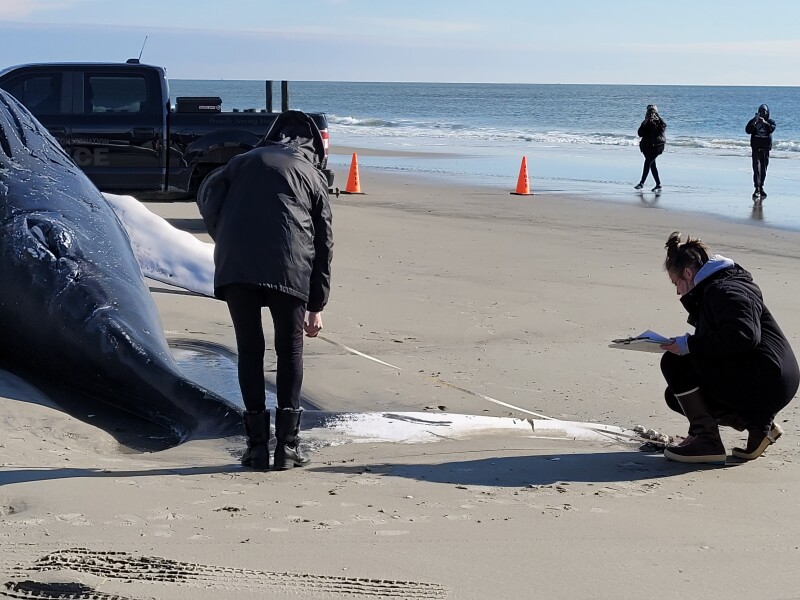April 19, 2023
After whale strandings, New Jersey to fund more offshore wind impact studies

A team from the Marine Mammal Stranding Center examined a dead 30-foot juvenile humpback whale that washed up at Atlantic City, N.J., Jan. 7. Atlantic City Police Department photo.

You've caught the limit!
Free membership gives you access to:
- Unrestricted access to all NationalFisherman.com articles.
- Receive in-depth reports and research on various topics related to the fishing industry.
- Up-to-date news updates from the fishing industry delivered directly to your inbox twice a week.






